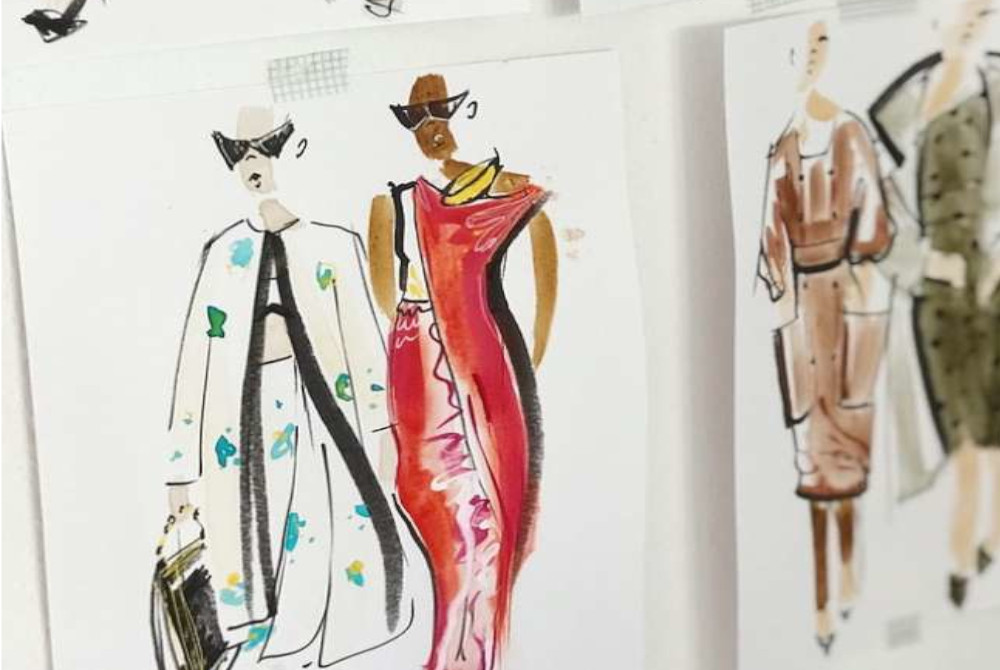Fashion is a constantly-changing industry. Trends in the fashion industry can change in the blink of an eye. Therefore, fast fashion is the only way people can get the latest trends in their wardrobe when the trends are still on the roll. A fast market means that the trending designs or the styles of apparel are made in oodles to make them available for customers. Making fashion from the catwalk and red carpet available to the public by producing cheap, disposable clothing is the idea behind fast fashion. This is what drives the iffy fashion industry forward.
No matter how much the fast fashion market influences and helps the fashion industry to boom, it also has a flip side, which is not so comely. The fashion industry is the second-largest polluter in the world, just after the oil industry. The fast fashion industry is unsustainable. It constantly depletes and severs natural resources. This upsets the ecological balance, which is increasingly becoming a matter of concern for the environment. We have started seeing the repercussions of the damage to the environment, and are on the verge of a severe fallout.
However, there are a lot of solutions, which, if implemented without further ado, will mitigate the environmental damage problem.
- Water pollution happens when wastewater from the industries is dumped directly into rivers. This wastewater contains untreated toxins. This can be kept in check or completely stopped by switching to the brands that produce clothes made of organic or natural fibres.
- The water consumption by the fashion industry leads to pressure on water bodies and freshwater reservoirs. Try to switch to fabrics that are recyclable such as cotton and polyester, or those that consume less amount of water such as linen.
- Textile waste problems have also started to surface since people have started throwing away clothes. We should start using natural or semi-synthetic fibres to stop this. The same solution can be adopted to lower the levels of greenhouse gas emissions from the factories.
- The deplorable working condition of the workers in the factories where clothes are made is known to all. Even human rights are violated there. Besides this, optimum working hours and healthy and safe work conditions are not made a priority in any of the factories. Child labour and forced labour with no assurance of minimum wage for the workers are some of the common hazards for workers in the garment-manufacturing factories. There are brands that have been certified by the government to be safe spaces for workers. No human rights should be violated by a company, and we can make sure by choosing brands that are conscious of this.
A lot of brands have pledged to transform themselves completely into zero-waste brands in a year or two, but how realistic is this goal? Many claim to be cruelty-free and have started making apparel by recycling clothes. Even if all the fashion brands adopt this zero-waste method, will it be any good? We don't think the solution lies in becoming a zero-waste industry. We have to reduce our consumption as well as opt for a circular economy model.
We need to pledge to shift to sustainable brands. Recycling or donating clothes instead of dumping them in the garbage can also help. Choosing natural fabrics over the toxic ones made in the factories can have a positive impact.
The effects of unsustainable fast fashion are disastrous but we can still take the reins in our hands and make a positive move by adopting simple measures towards the benefit of the environment.
The authors are Co-Founders of Raisin
DISCLAIMER: Views expressed are the author's own, and Outlook Money does not necessarily subscribe to them. Outlook Money shall not be responsible for any damage caused to any person/organisation directly or indirectly.






